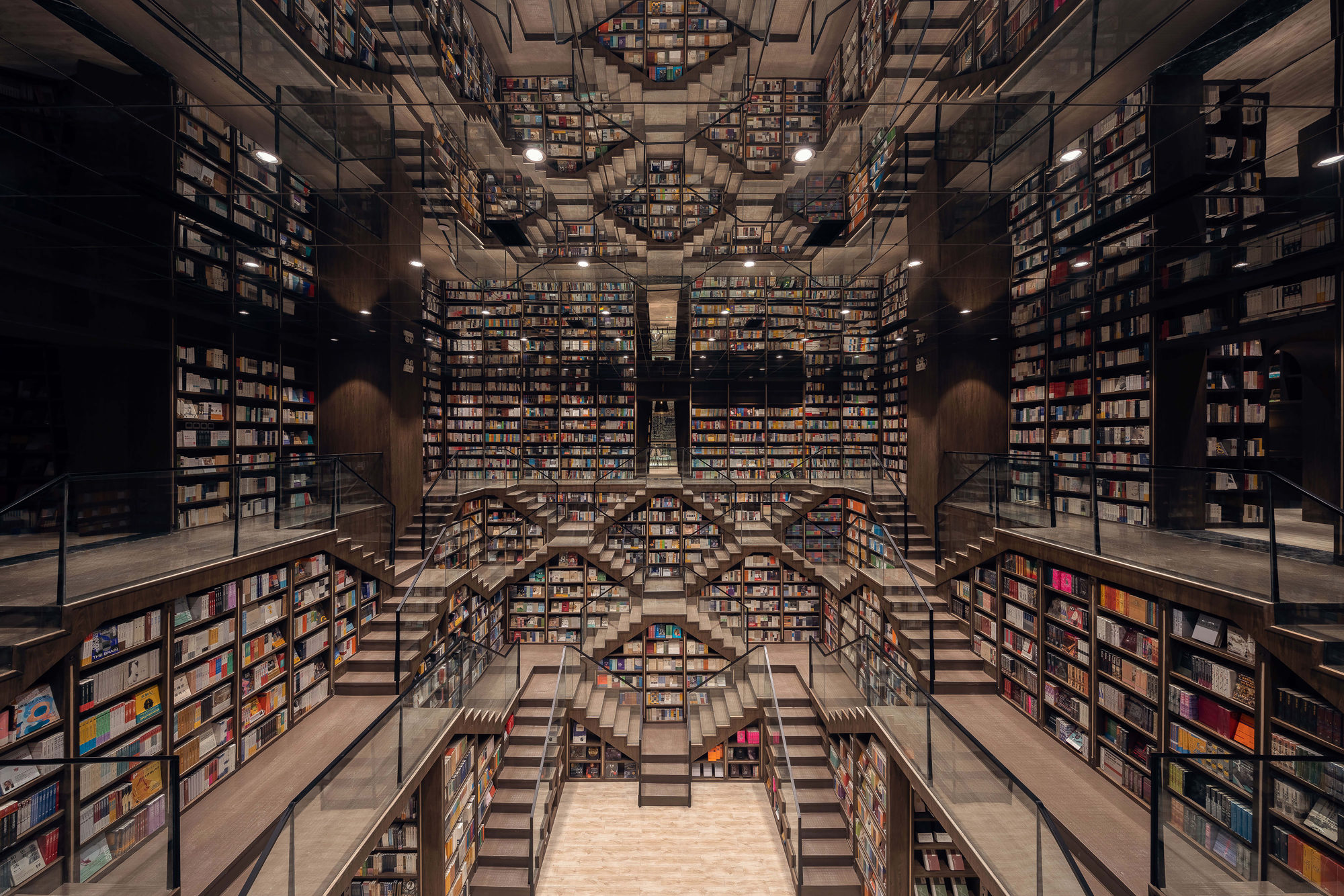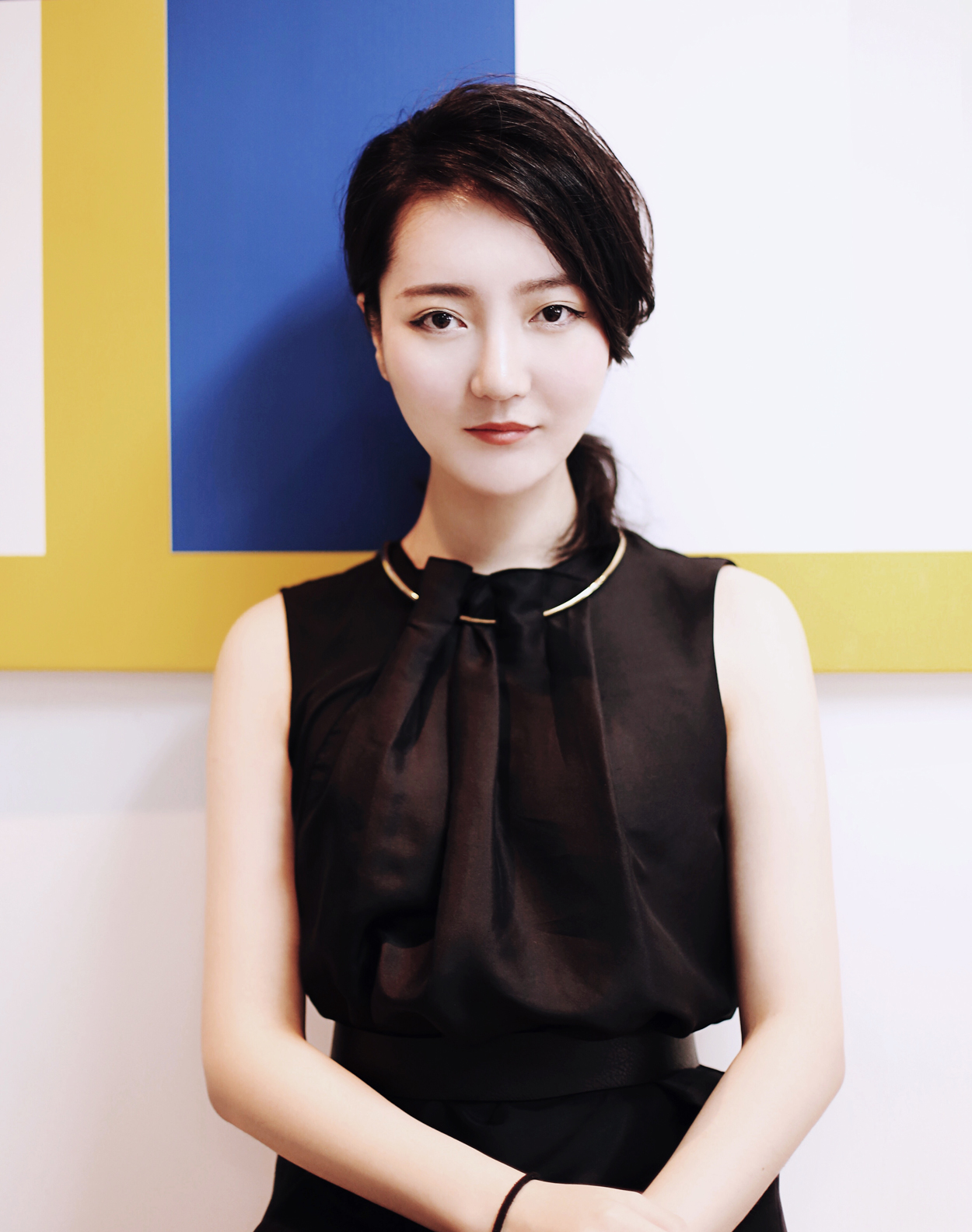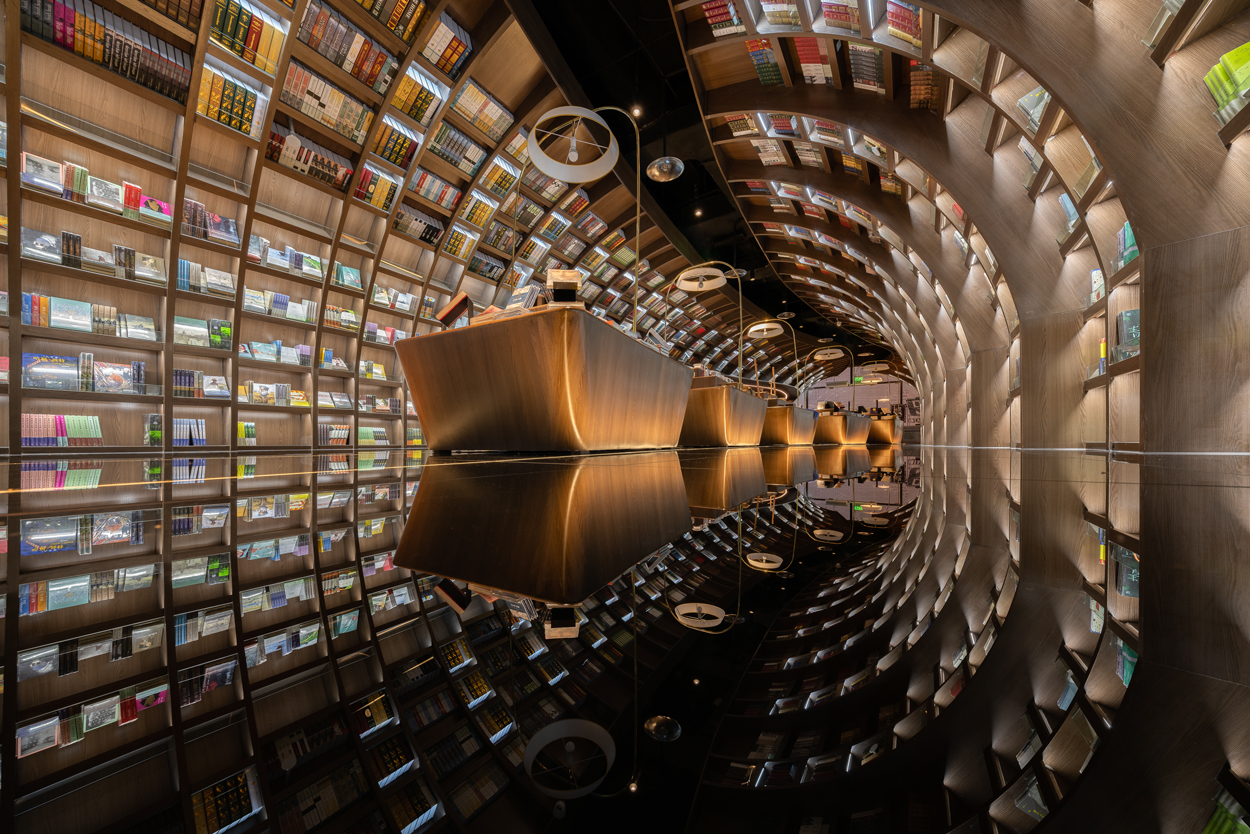It’s no secret that brick-and-mortar bookstores have taken a hit. After all, why bother slogging to a store in search of a title when you can simply one-click it? The work of architect and designer Li Xiang, founder of the Shanghai studio X+Living, makes a persuasive case for the comeback of the physical bookstore. Li’s fantastical, eye-catching designs for Zhongshuge, a chain with locations in Shanghai, Hangzhou, Yangzhou, and Chongqing, have become social media fodder for China’s millennials, who have been lured to the its locations after seeing images online. Li’s signature curved walls, lined with books, calling to mind the work of Piranesi and M.C. Escher, are meant to evoke the relationship that passionate readers have with literature. “Books are all over the space—from the ceiling to the floor—so that people feel like they’re entering a paradise of books,” Xiang says. And she’s proud to be creating a new model for the industry. “Bookstores used to be just for selling books. Now people are willing to spend a whole afternoon at these beautiful shops.”
These Chinese Bookstores Feel Like Infinity Rooms
Li Xiang, the founder of Shanghai design firm X+Living, dreams up illusory bookstores that forge enchanting worlds of words.
By Jacob Dreyer December 11, 2019
Ladder Hall, Chongqing Zhongshuge Bookstore in Chongqing, China. Photo by Shao Feng, courtesy X+Living.
…

Li Xiang. Courtesy X+Living.
…
Things that come from the past but still exist in the present are evidence of our sense of nostalgia. But the reason we are always attracted to novel creations is that we have an instinct for curiosity. The key element to both is humanity. As a designer, my work is to integrate various elements based on an understanding of humanity.

Children’s reading room, Chongqing Zhongshuge Bookstore in Chongqing, China. Photo by Shao Feng, courtesy X+Living.
…
I don’t try to balance historical significance with futuristic motifs. Instead, I create contradiction. Although some of my motifs are drawn from traditional culture, they usually seem as if they are coming from the future because I use huge structures, like arched beams, to create an experience that is overwhelming and surreal. The idea is to drag you out of your normal life for a few moments. As long as people feel connected with the space, they will naturally notice the cultural elements behind the design.

Reading Gallery at the Guiyang Zhongshuge Bookstore in Guiyang, China. Photo by Shao Feng, courtesy X+Living.
…
I have come to realize in recent years that people would pay a visit to a place only by first seeing a picture of it on the Internet or reading about it online. I haven’t been affected too much by this since, from the very beginning, my ambition was to create spaces that are really immersive.

Hangzhou Zhongshuge Bookstore in Hangzhou, China. Photo by Shao Feng, courtesy X+Living.
…
